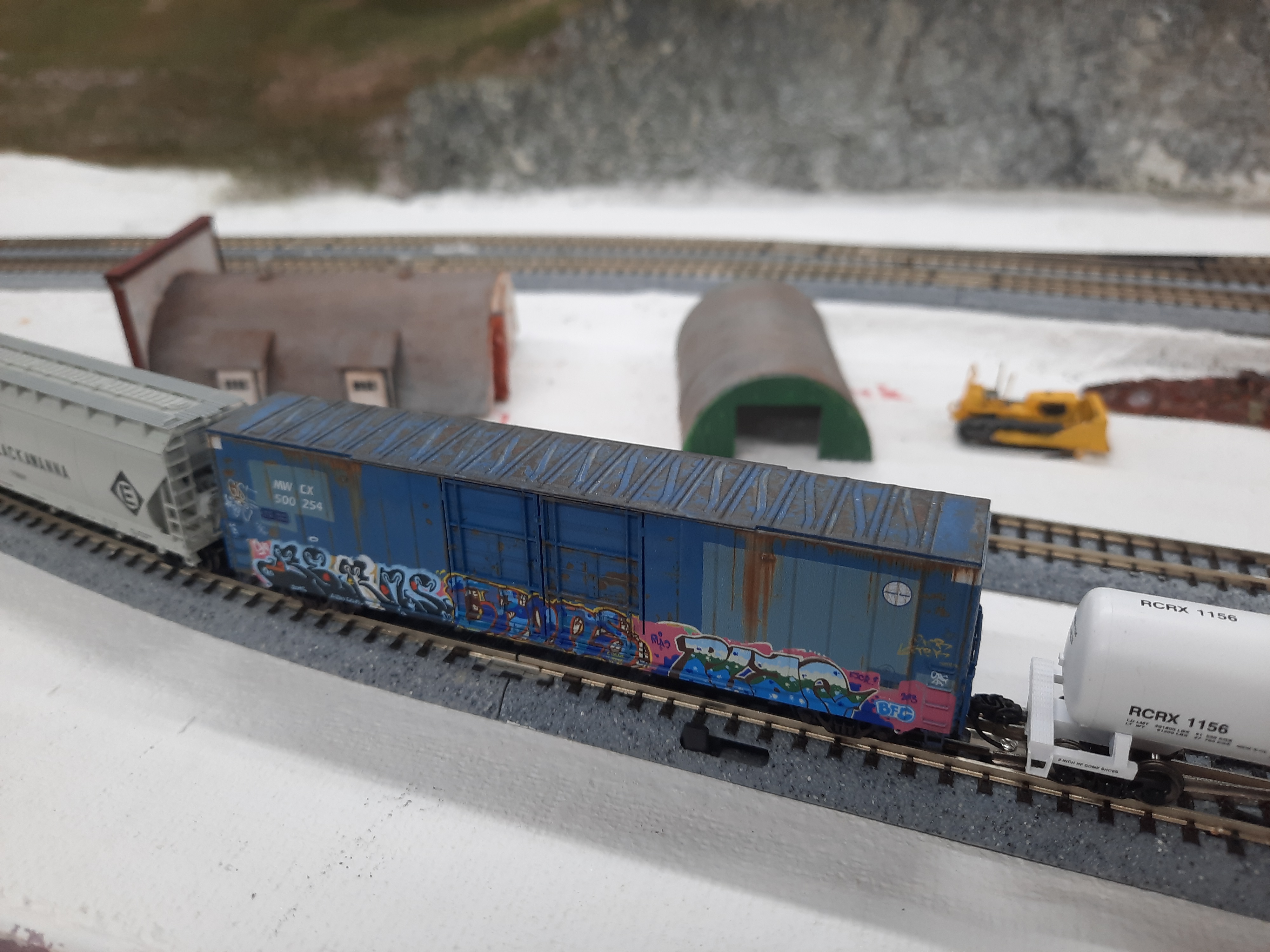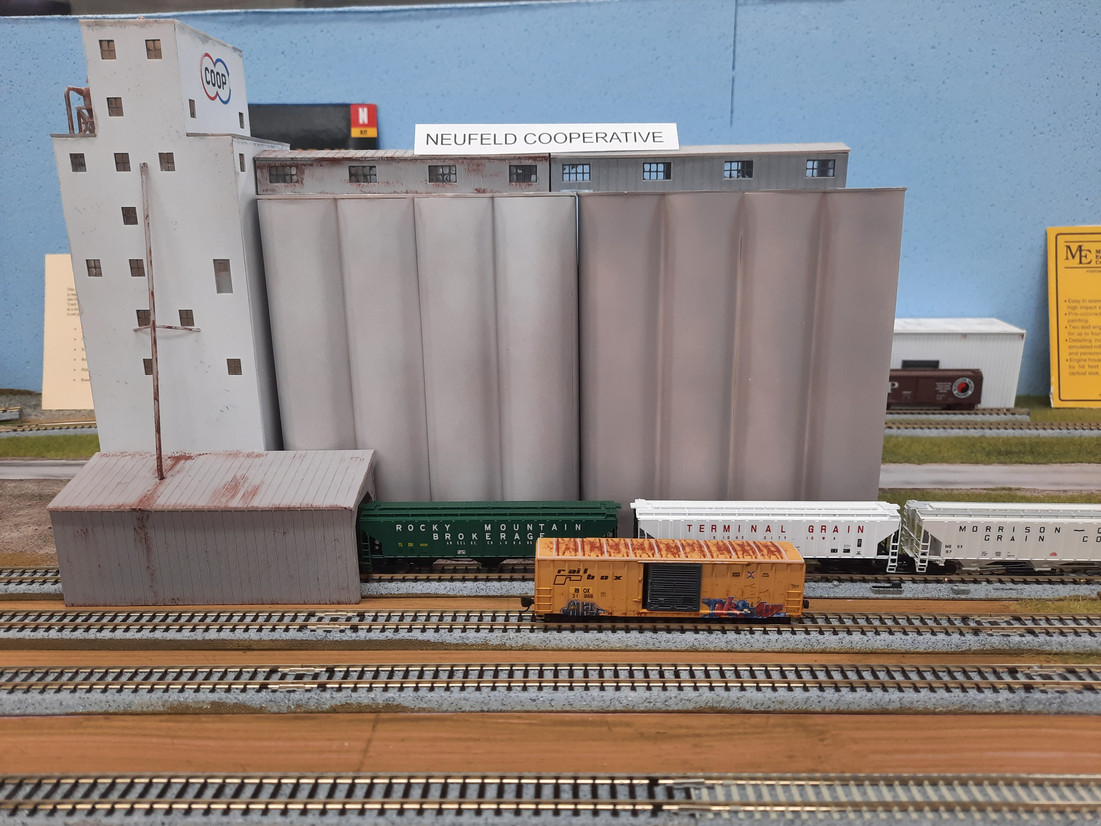Weathering Rolling Stock and Locomotives: Transforming Models into Realistic, Aged Masterpieces
Introduction
Weathering is an art that adds authenticity and character to model trains and rolling stock. By replicating the effects of time, wear, and environmental conditions, enthusiasts can transform their pristine models into realistic, aged masterpieces that capture the essence of the railroads. In this article, we'll delve into techniques for weathering trains and rolling stock, along with tips for transforming new models into lifelike, weathered pieces.
Techniques for Weathering Trains and Rolling Stock

Understanding Weathering Effects
Before starting the weathering process, it's essential to understand the different types of wear and weathering that real trains and rolling stock experience. These include rust, dirt, grime, fading paint, and more. Researching reference images of actual trains in various states of disrepair will provide valuable insights.
Dry Brushing
Dry brushing is a technique that involves applying a small amount of paint to a brush and then removing most of it by wiping the brush on a paper towel. This allows you to lightly highlight raised surfaces, edges, and corners, simulating the natural wear and tear that occurs over time.
Chalks and Pastels
Chalks and pastels are excellent for adding subtle layers of dirt, dust, and grime. They can be applied using a brush or your finger and can be easily blended to achieve realistic effects. These powders also work well for simulating exhaust and oil stains.
Airbrushing and Washes
An airbrush is a versatile tool for weathering, allowing you to apply thin, translucent layers of paint to create gradual weathering effects. Washes, made by diluting paint and applying it over the model, seep into recessed areas to enhance details and create depth.
Rust Effects
To simulate rust, consider using rust-colored paints, washes, or even real rust pigments. Rust usually forms around metal joints, rivets, and areas exposed to the elements. Adding rust effects can bring an extra layer of realism to your weathered models.
Transforming New Models into Realistic, Aged Pieces
Start with a Plan
Before weathering a new model, plan the level of wear and aging you want to achieve. Consider the history of the model – has it been in service for years, or is it a relatively new addition to the railroad? This will guide your weathering choices.
Disassembly
Disassemble the model if possible. This allows for more precise weathering and prevents unwanted paint from reaching delicate parts like windows or moving components.
Base Layers
Begin with light layers of weathering, gradually building up the effects. Start by adding subtle dirt and grime, paying attention to areas that naturally accumulate more filth, like the undercarriage and around the wheels.
Fading and Paint Chipping
Use a fine brush to carefully apply chipping effects on edges and areas where paint would naturally wear away. For faded paint, gently airbrush or apply a wash to simulate the sun's bleaching effects.
Oil and Grease Stains
Consider the areas where oil and grease would accumulate, such as around the engine, exhaust, and machinery. Apply streaks of dark washes or paint to mimic the appearance of leaks and spills.
Final Details
Reassemble the model and add the finishing touches. Apply specific weathering effects that match the model's history, such as graffiti, worn logos, or specific signs of wear based on reference images.
Conclusion
Weathering trains and rolling stock requires patience, research, and a keen eye for detail. By employing various techniques and taking the time to understand the effects of time and the elements on real trains, you can transform your new models into realistic, aged masterpieces that showcase the rich history of railroads. Whether you're an experienced modeler or just starting, experimenting with weathering can elevate your models to a whole new level of authenticity and artistic expression.
*Photo is part of the N Scale layout at Midwest Model Railroad
Recent Posts
-
Prototype Spotlight: GE ES44AC — Modeling a Modern Freight Workhorse
Prototype Spotlight: GE ES44AC — Modeling a Modern Freight Workhorse Published 2025-09-29• 8–10 min
-
How to Build a Realistic Freight Yard: Flow, Trackwork, and Car Management
How to Build a Realistic Freight Yard: Flow, Trackwork, and Car Management Published 2025-09-25 • 8
-
Scenery Basics: From Foam to Foliage — A Quick, Budget-Friendly Guide | Midwest Model Railroad
Modeling Tutorial Scenery Basics: From Foam to Foliage Published 2025-09-23 · 7–9 minute read Li




